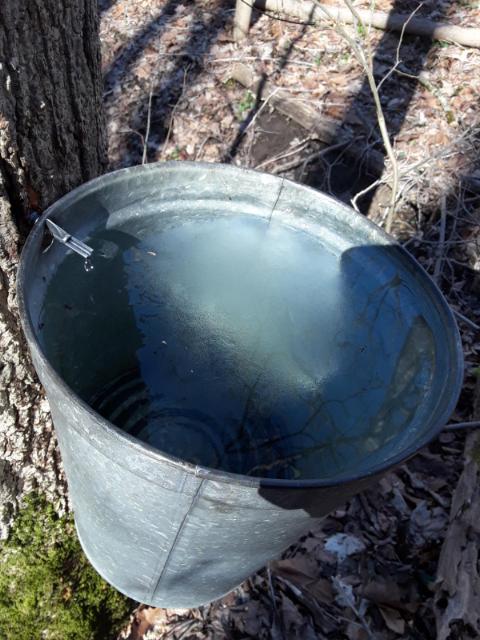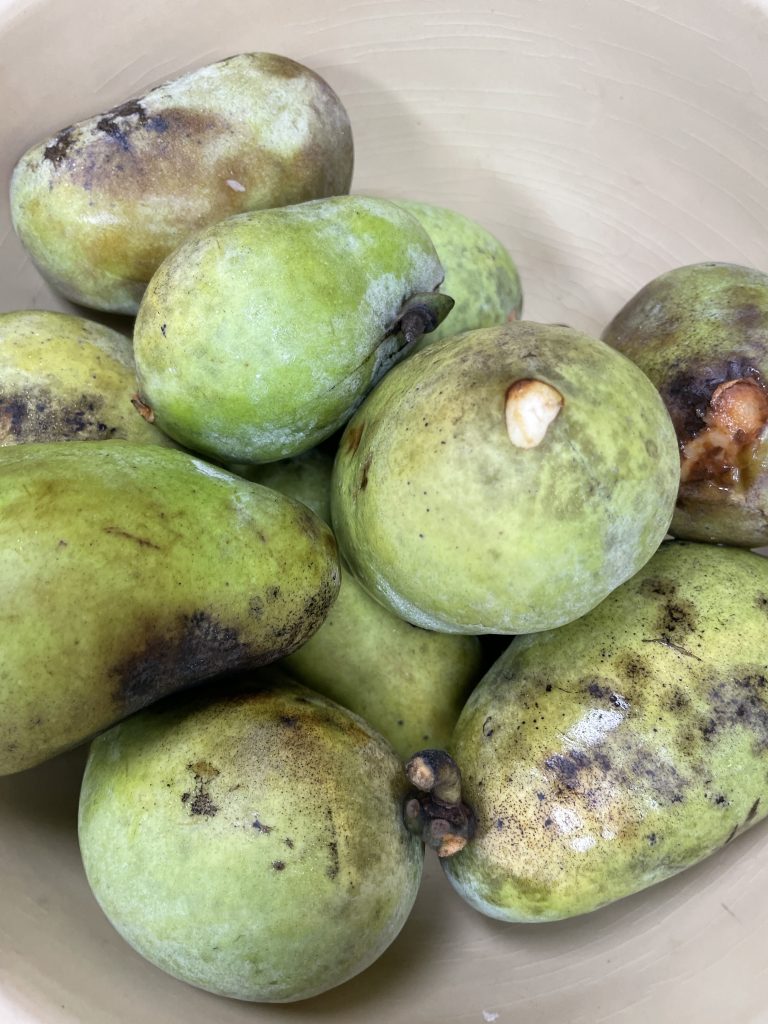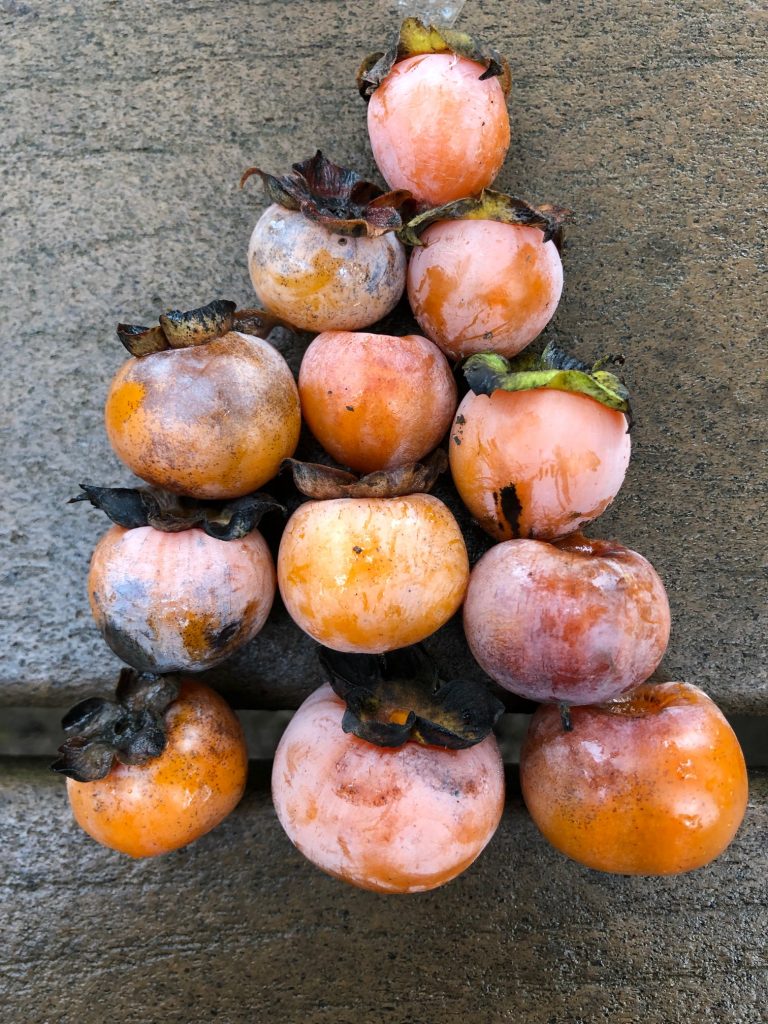Some of the things we love most about Parks were discovered by Native Americans
- Oct 14, 2024
Happy Indigenous People’s Day! This day is celebrated across the USA on the second Monday in October and is a day to celebrate and honor Native Americans. Ohio, and Cincinnati in particular, had a large indigenous presence prior to the arrival of European settlers. Their impact was huge and many of their practices and traditions are woven into our modern-day society.
Native Americans of the prehistoric period that inhabited what is now Cincinnati included Hopewell and Adena cultures. Later, the Osage natives, the Shawnee natives and the Miami natives arrived.
Some of the things we love most about Cincinnati Parks were discovered by the Native American tribes mentioned above. Their influence was huge, but today we will focus on their discovery and use of trees and fruit trees.
Let’s start with the popular pawpaw tree. Pawpaw trees are native to Ohio and can even be found in some of our forests in Cincinnati Parks. These trees produce a sweet fruit called pawpaw, said to taste like a mix between banana and mango. They can be eaten as is or you can cook with them. This fruit was a key component of Shawnee natives’ diet. Not only was the fruit consumed as a yummy snack/meal, but it also represented connection to their ancestral land, which was robbed of them when settlers displaced them.
The word for pawpaw is ha’siminikiisfwa, which means pawpaw month, and they really did dedicate a full month to this fruit in their calendar. The word literally translates to pawpaw moon because the moon would signal when the pawpaws were ripe. It was also a sign that winter was near. The tradition of eating pawpaws in September continues. If you ever have the pleasure of eating them, remember what this fruit represents for Shawnee natives, a connection to home and an indicator of what’s to come.
Fun fact: Native Americans used pawpaw seeds to treat head lice. This is recognized by modern medicine as a treatment for head lice, among other health issues.
Another native fruit to Ohio is the persimmon, which is also connected to Native Americans, and specifically to Osage natives. While the Osage lived in the Cincinnati area, they would pick this fruit and eat it ripe or dry and save it for winter. Women and men collected a variety of berries, nuts and fruit, including persimmons. The persimmons found in southwest Ohio are a sweet, orange fruit and are used to make yummy desserts, like cakes and puddings.
Continuing with the fruit theme, another fruit consumed by Native Americans in the Cincinnati area were cherries from black cherry trees. Native Americans consumed the black cherry as a fresh fruit, sometimes using it in breads and cakes. They also dried them and used them in pemmican, a sort of protein bar. Pemmican is a way of combining dried meat with rendered fat, which keeps for a year or more and is a great source of protein that doesn’t require cooking before consumption. Native Americans have made pemmican for a very long time, but details of its use were not recorded for most of that time until settlers recorded and adopted it. Pemmican was and continues to be a great survival food, and is pretty easy to make (but a bit time consuming).
Another sweet food Native Americans discovered, and that is still widely consumed, is maple syrup. Native Americans have been making maple syrup and maple sugar for hundreds of years or more. The production of it hasn’t changed much over the years, except nowadays technology allows for a more efficient process. How did Native Americans tap for maple? They carved into trees and let the sap flow. “The earliest process used shallow troughs that were carved out of bark and sap was collected in the vessels. The bark containers were left out to freeze, which would separate the water from the sugar. The ice was then removed, leaving the thick syrup behind.” Overtime the process improved and a switch to ceramic pottery was made, which allowed the sap to be boiled to separate the water. If you love maple syrup, thank Native Americans who discovered this sweet, liquid treat.
As you can see Native Americans introduced lots of great foods and food preparations to what we now know as the United States. Food links people to places and although Native Americans were forced off of land by European settlers, they will forever be linked to the land through their practices and contributions. Cincinnati Parks are one of these places. The land, the trees and the forest are a reminder of those that first inhabited and cared for this land.



